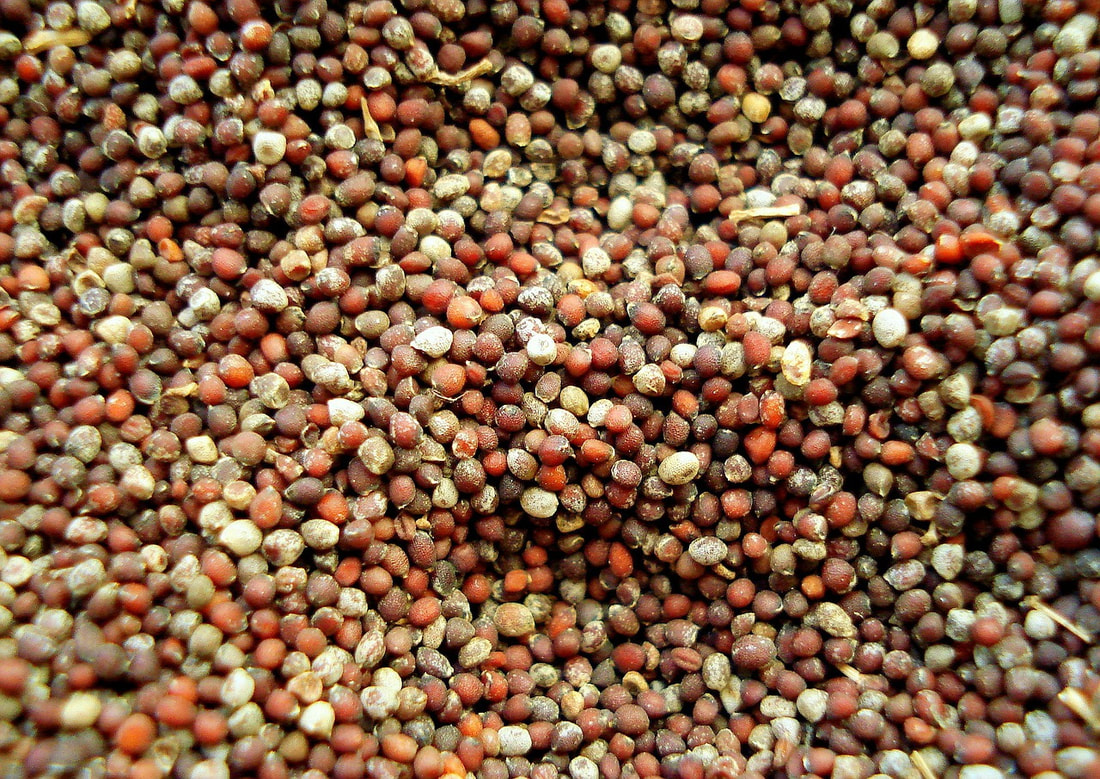|
Foodies beware: the tiny brown seeds used to make high-end Dijon mustard are in short supply and getting more expensive.
Also read, Canada on the brink of its biggest canola crop since 2013. Canada, the world's biggest grower, has been ravaged by drought across the Prairies, cutting the harvest of all mustard-crop varieties by half to the smallest in 11 years. Among the hardest hit are brown mustard seeds, boosting the ingredient cost of the spicy condiment favoured by chefs as well as shoppers of brands like Grey Poupon or Maille Dijon Originale. While North Americans eat a lot more yellow mustard on ballpark hotdogs or mixed into salad dressings, European countries are big consumers of the brown variety. Tighter supplies of seeds from Canada — also the world's biggest mustard-seed exporter — could hurt food makers in the U.S., the top buyer, as well as major importers including Belgium, France, Japan and Senegal. "There is no substitute for brown mustard in making Dijon," said Walter Dyck, manager of the mustard seed division at Wisconsin-based Olds Products Co., which has been making mustard for more than a century and is the second-largest manufacturer in North America. "The price — it can move higher quite quickly when supplies are tight," Dyck said by phone from Lethbridge, Alta. "Everybody that needs it has to have it." Some southern parts of Saskatchewan and Alberta got less than 60 per cent of normal rainfall since the start of the growing season, according to the nation's agriculture ministry. Farmers — including those in neighbouring North Dakota in the U. S. — endured a "very dry and very hot" growing season that led to a significant decline in crop yields after the harvest began in August, Olds Products said. Production of all varieties of Canadian mustard seed tumbled to 114,900 metric tons this season from 235,600 tons in 2016, according to estimates by Statistics Canada. The weather also reduced output of bigger crops including wheat and barley. "Mustard is in shorter supply," said Kevin Hursh, who planted 300 acres on his farm in Cabri, Sask. The farm got less than three inches of rain since April 1, and yields shrank by more than 10 per cent from a year earlier, said Hursh, who is executive director of the Saskatoon-based Saskatchewan Mustard Development Commission. Already, the price of brown mustard seed has risen by a third to 39 Canadian cents a pound, up from 29 cents a year earlier and the highest since 2015, according to data collected by Stat Communications Ltd. Prices could still go higher. Planting of all mustard varieties fell about 28 per cent to 380,000 acres (154,000 hectares) this year from 2016, Statistics Canada data show. The bulk of the crop is the more common yellow mustard, while the rest are mostly brown and oriental seeds. Canada exported about $124 million of all mustard seeds last year, according to the government. Most of the shipments to the U.S. are yellow mustard while European buyers import mostly the brown seeds. Between August 2016 and July 2017, Canada shipped 6,900 tons of mustard to Belgium, up 15 per cent from a year earlier, Canadian Grain Commission data show. Exports are already outpacing last year. Canada shipped 2,900 tons of seed between August and Oct. 1, up 16 per cent from a year earlier, according to the latest available government data. European food makers probably will "be looking for some additional supplies" outside of Canada if they expect seed inventories will get tighter, said Dyck, the Olds Products seed manager. SOURCE Jen Skerritt, Bloomberg
0 Comments
Leave a Reply. |
Advertisement
News & Updates
Stay informed with the latest news around foodservice, agriculture and other related food news. Advertisement Opportunities
|


 RSS Feed
RSS Feed


